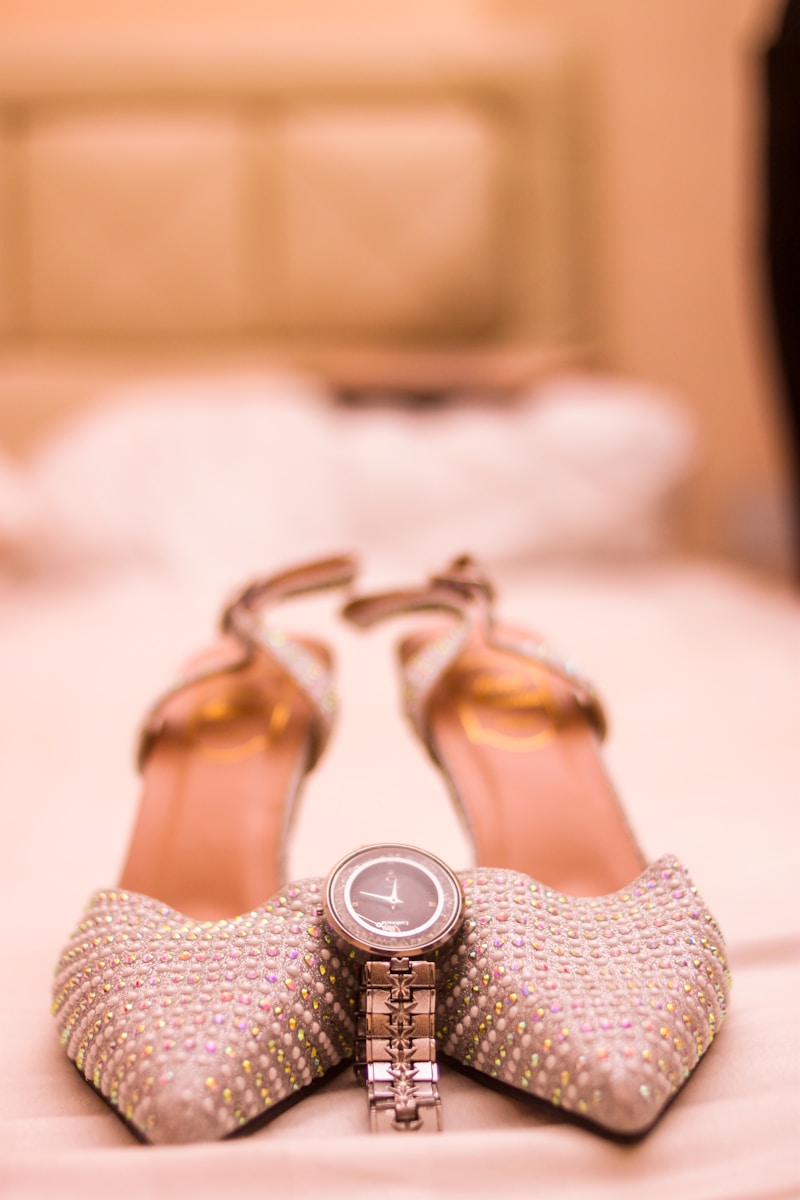How to Mix and Match Bridal Elements: A Comprehensive Guide
How to Mix and Match Bridal Elements: A Comprehensive Guide
Weddings are one of the most significant milestones in life, and for brides, designing the perfect look is crucial. From the gown to the accessories, each element plays a vital role in creating a cohesive and stunning bridal ensemble. In this article, we will explore how to mix and match bridal elements, ensuring that your wedding day look is uniquely yours and seamlessly blends various styles and ideas.
Understanding Bridal Elements
Before delving into the art of mixing and matching, it's essential to understand the various bridal elements you’ll be working with. Here are some primary components to consider:
| Bridal Gown | Accessories | Veils | Footwear |
| Silhouettes (A-line, ball gown, mermaid, etc.) | Jewelry (necklaces, earrings, bracelets) | Length (cathedral, chapel, fingertip) | Heels, flats, sandals, boots |
| Fabrics (satin, lace, chiffon) | Headpieces (tiaras, combs, floral crowns) | Color (white, ivory, colored) | Comfort vs. Style |
| Details (embroidery, beading, appliques) | Belts, shawls | Decorative elements (lace edging, embellishments) | Seasonal choices |
In the above table, we categorized different bridal elements to help you visualize how they interconnect. Understanding these categories lets you see the broader picture, making it easier to pick combinations that harmonize.
Key Principles for Mixing and Matching
When thinking about how to mix and match bridal elements, several key principles can guide your choices:
1. Cohesion is Key
While mixing different elements is encouraged, strive for a cohesive overall look. This means considering color palettes, fabric types, and design details. For instance, if your dress is intricate with lace and beading, opt for simpler accessories to prevent overwhelming your appearance.
2. Consider Your Wedding Theme
Your wedding theme significantly impacts your choices. Whether you have a rustic, elegant, or bohemian theme, ensure that your bridal components align with the overall aesthetic. For a rustic wedding, consider a flowy, lace gown paired with wildflower arrangements in your hair and simple, delicate jewelry. In contrast, an elegant city wedding may call for a more structured gown paired with bold statement jewelry.
3. Balance is Essential
A good rule of thumb is to balance bold elements with more understated ones. If you choose a dramatic gown with lots of embellishments, opt for subtle jewelry that won’t compete for attention. If your dress is simple and understated, feel free to experiment with bolder accessories to make a statement.

Mixing Styles: Vintage Meets Modern
Combining vintage and modern styles can create a unique and heartfelt look. For example, you might choose a vintage lace gown with a modern twist, such as a high-low hem or unexpected color. Pair this with contemporary accessories—perhaps a minimalist gold cuff and sleek modern shoes. This approach helps tell your personal history and celebrates your style influences, allowing for true creativity.
Case Study: Real Weddings
To illustrate how to effectively mix and match bridal elements, let’s examine some real wedding examples:
| Bride | Gown | Accessories | Theme |
| Emily | Vintage A-line lace | Floral crown, simple pearl earrings | Garden wedding |
| Sophie | Modern slip gown | Bold geometric earrings, patent leather heels | Urban chic |
| Rachel | Bohemian flowy dress | Layered necklaces, comfortable sandals | Beach wedding |
| Clara | Structured ball gown | Diamond choker, sleek updo | Classic elegance |
These examples showcase various styles and how brides combined elements to achieve their desired looks. Each choice reflects their personalities, proving that there are no hard and fast rules when mixing and matching bridal elements.
Additional Tips for Mixing Bridal Elements
Here are some further tips to consider when mixing your bridal components:
Experiment with Colors
While traditional white remains a popular choice, today's brides are exploring colors. Consider incorporating soft pastels, rich jewel tones, or even muted shades that match your wedding theme. Mixing colors among your accessories can add depth and contrast, ensuring a dynamic look.
Play with Textures
Different textures can make a significant impact on your overall style. Pair a satin gown with a lace veil or mix tulle with heavier fabrics for added dimension. Combining textures allows you to create an eye-catching ensemble.
Stay True to Yourself
Ultimately, the best advice is to stay true to your style and comfort. Don’t choose elements solely based on trends or others’ opinions; instead, select pieces that reflect your personality and make you feel confident on your big day. Remember, your wedding is a personal celebration, and your look should represent that.
Conclusion: Craft Your Perfect Bridal Look
In summary, learning how to mix and match bridal elements opens up a world of creativity for brides today. By understanding the key components, applying the principles of cohesion, balance, and theme consideration, and drawing inspiration from real weddings, you can craft the perfect look tailored to your individual style.
Don’t hesitate to experiment with different elements, mix styles, and incorporate colors and textures that speak to you. As you sketch out your vision, remember to enjoy the process—after all, your wedding is a once-in-a-lifetime celebration of love!
Finally, be open to adjustments as you finalize your selections. Sometimes the best choices come from unexpected combinations, so embrace the process and trust your instincts. Happy planning!
